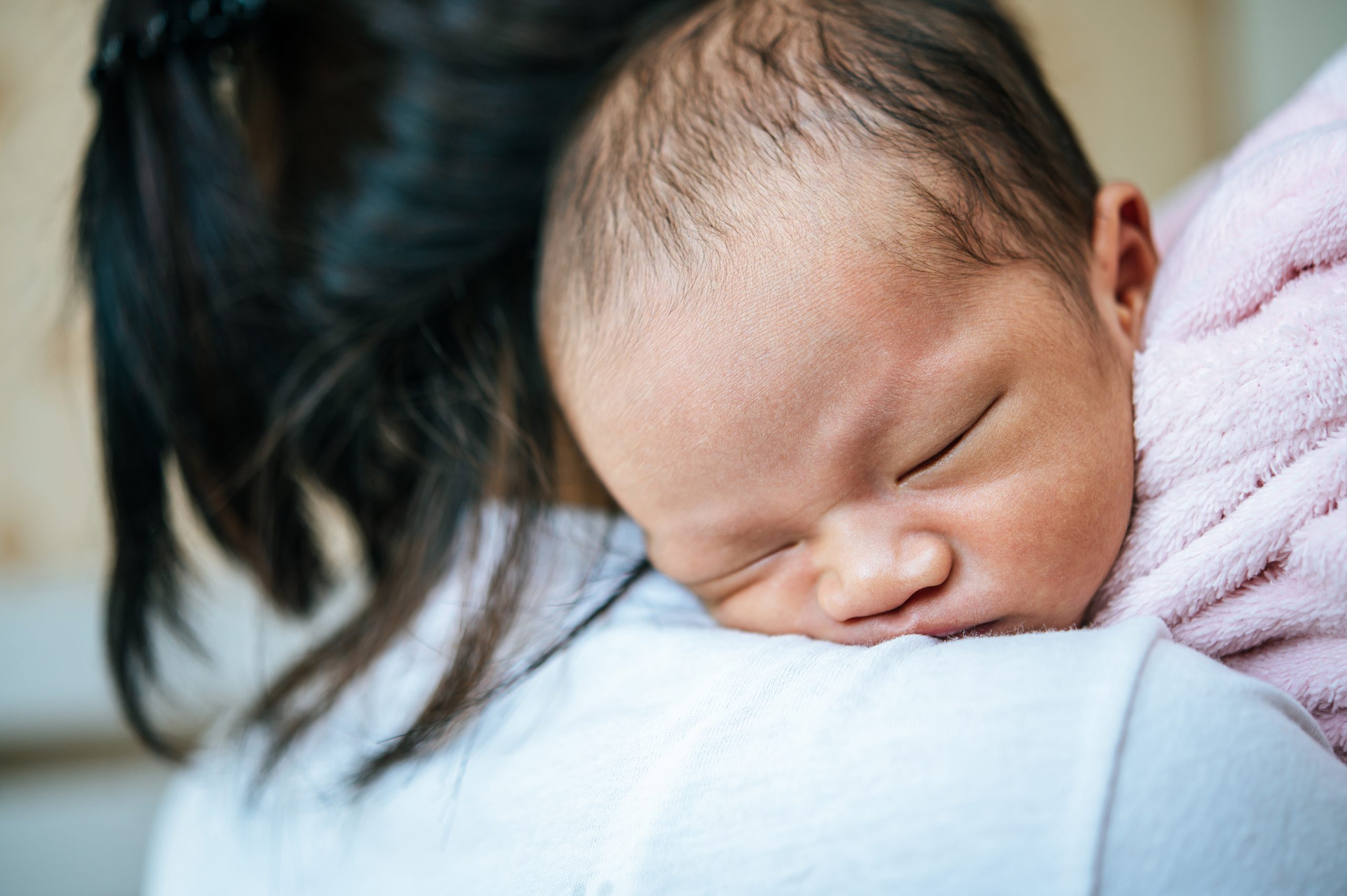

A prediction model created by researchers at the Neuroscience Center at Children’s Hospital of Philadelphia (CHOP) identifies which newborn infants are most likely to experience seizures in the Neonatal Intensive Care Unit. (NICU). The clinical team might use this model to guide decisions about which infants require electroencephalograms (EEGs) and which infants can be successfully maintained in the neonatal care unit without being monitored by EEGs. Families and medical professionals might care for infants in this way without invasive or unneeded procedures. The Lancet Digital Health published the findings.
Neonates frequently experience neurological problems including neonatal seizures. In particular, 30% of newborns with hypoxic-ischemic encephalopathy (HIE), a transient loss of oxygen to the brain, will experience convulsions. A significant lesson that has influenced the management of infants with seizures over the past two decades is that the majority of these seizures can only be recognized with EEG monitoring and not just through simple clinical observation. In order to prevent seizure-induced harm and hence improve outcomes for newborns with early seizures, newborns with HIE are at an elevated risk for epilepsy and neurobehavioral issues later in life. Therefore, early detection and treatment of seizures is crucial.
According to current recommendations, neonates with HIE should have their EEGs monitored for four to five days in order to look for seizures. This method is not always practical, though, as many of these infants are cared for in NICUs without access to continuous EEG. (CEEG). Due to the time-intensive nature of the EEG reading interpretation for the entire care team, including physicians and technologists, even NICUs in big healthcare networks frequently only have limited EEG resources.
It is difficult to anticipate which neonates may develop seizures, and previous attempts to do so using clinical and EEG data did not produce very good predictions.
In this study, we used data from the EEGs of more than 1,000 newborns to build models to predict neonatal seizures,” first study author Jillian McKee, MD, Ph.D., a pediatric epilepsy fellow in the Division of Neurology and the Pediatric Epilepsy Program at CHOP. “This data helped us optimize which newborns should receive EEG monitoring in the NICU.”
The researchers built their seizure prediction models based on standardized EEG features reported in the electronic medical records. The retrospective study found that these models could predict seizures, and particularly seizures in newborns with HIE, with more than 90% accuracy. The models could be tuned to not miss seizures, performing with sensitivity of up to 97% in the overall cohort and 100% among newborns with HIE while maintaining high precision. The authors indicated that this is the first study reporting on a seizure prediction model based on clinically-derived standardized reports. The study team has made the model publicly available as an online tool.
“If we can further validate this model, it could enable a more targeted use of limited EEG resources by reducing EEG use in low-risk patients, which will make care of babies with neurological concerns in the NICU more personalized and focused,” said senior study author Ingo Helbig, MD, a pediatric neurologist in the Division of Neurology and co-director of ENGIN (Epilepsy NeuroGenetics Institute) at CHOP. “We believe incorporating this model into real-time clinical practice could greatly improve the quality and efficiency of the care we deliver in these critical early days of life.”
“This project indicated we can efficiently acquire standardized data as part of clinical practice to drive research which enables us to provide better care,” said Nicholas Abend, MD, a co-author and Senior Medical Director within the Neuroscience Center at CHOP. “We are already using this same approach to collect data on all EEG reports, thousands of epilepsy visits over time, and numerous other domains within the Neuroscience Center, thus establishing a true learning health care system.”
more recommended stories
 Phage Therapy Study Reveals RNA-Based Infection Control
Phage Therapy Study Reveals RNA-Based Infection ControlKey Takeaways (Quick Summary) Researchers uncovered.
 Pelvic Floor Disorders: Treatable Yet Often Ignored
Pelvic Floor Disorders: Treatable Yet Often IgnoredKey Takeaways (Quick Summary) Pelvic floor.
 Urine-Based microRNA Aging Clock Predicts Biological Age
Urine-Based microRNA Aging Clock Predicts Biological AgeKey Takeaways (Quick Summary) Researchers developed.
 Circadian Control of Neutrophils in Myocardial Infarction
Circadian Control of Neutrophils in Myocardial InfarctionKey Takeaways for HCPs Neutrophil activity.
 E-Cigarette Use and Heart Attack Risk in Former Smokers
E-Cigarette Use and Heart Attack Risk in Former SmokersKey Takeaways for Clinicians and Nurses.
 36-Week Pre-eclampsia Screening May Reduce Term Risk
36-Week Pre-eclampsia Screening May Reduce Term RiskA New Preventive Strategy for Term.
 Cardiovascular Risk and Sudden Cardiac Death in Diabetes
Cardiovascular Risk and Sudden Cardiac Death in DiabetesRising Sudden Cardiac Death (SCD) Risk.
 Poor Kidney Function and Alzheimer’s Biomarkers Explained
Poor Kidney Function and Alzheimer’s Biomarkers ExplainedPoor kidney function may influence levels.
 Walking Speed Before Hip Replacement Predicts Recovery
Walking Speed Before Hip Replacement Predicts RecoveryNew Evidence Points to a Simple,.
 Neuroblastoma Drug Combo Extends Survival in Models
Neuroblastoma Drug Combo Extends Survival in ModelsA Promising Shift in High-Risk Neuroblastoma.

Leave a Comment